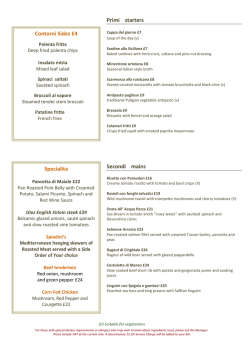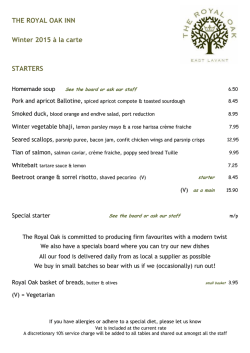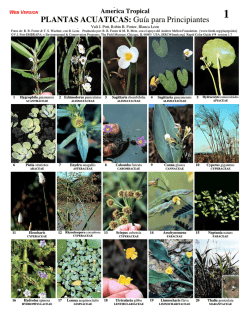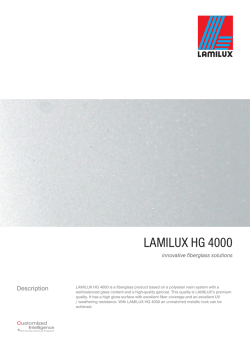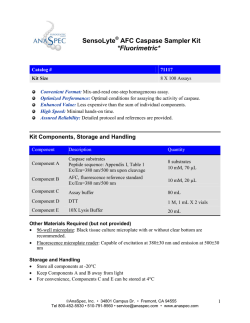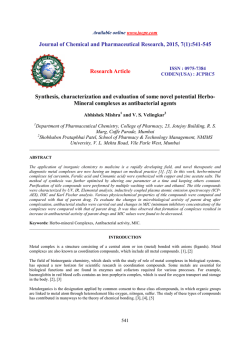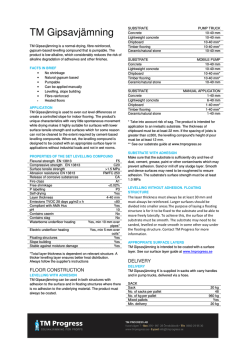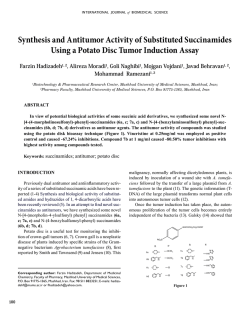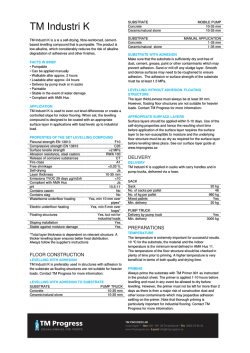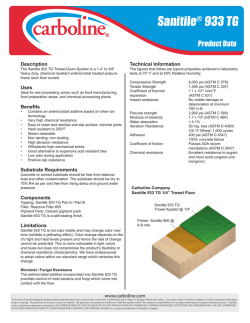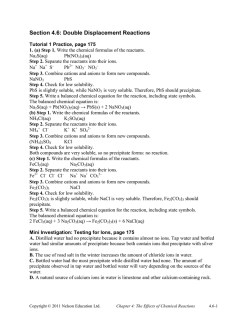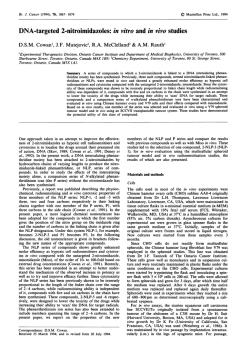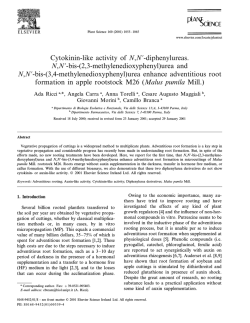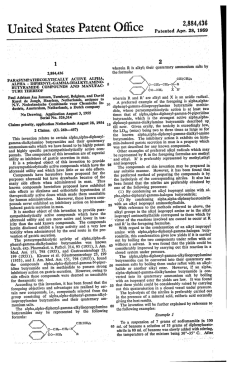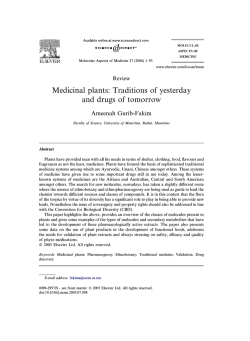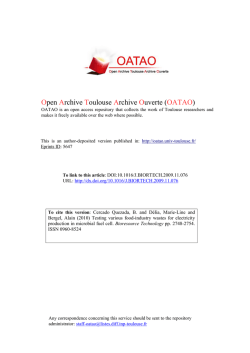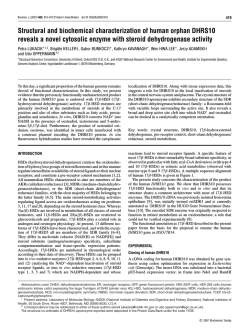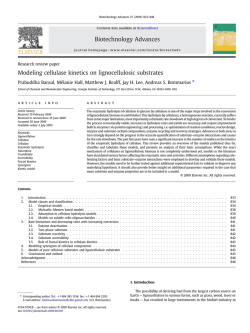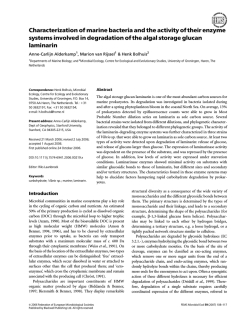
Presentación de PowerPoint
SAMPLES INTRODUCTION In Mexico many species of fungi have been reported as edible and some of them are consumed since pre-Hispanic times; oyster mushroom Pleurotus ostreatus or is the variety of edible mushroom easier to grow with great culinary and medicinal properties. This type of fungus is adaptable to different environments, farming techniques are simple and inexpensive, as well as providing very few calories, are 99% fat free, high in fiber and low in sodium is high in magnesium (mg) and potassium (K). Moreover Captain Avila Camacho dam "Valsequillo" presents a serious problem of eutrophication by Eichhornia cassiprese "water hyacinth", which prevents the penetration of light into the water of the dam produces stagnation of waste and solid waste pollution increase these waters. Proposing the use of Eichhornia cassiprese added as substrate for P. ostreatus cultivation would have a use and provide a solution to an environmental problem and a benefit to the surrounding community. The aim this study was to determine the feasibility of using Eichhornia crassipes (water hyacinth) as pasteurized substrate for the cultivation of Pleurotus ostreatus mushroom. Hg (mg/kg) As (mg/kg) Water hyacinth 0.101 0.182 Mushroom on straw Mushroom on water hyacinth 0.085 0.062 0.084 0.155 Both substrates exhibited a translocation of metals whose risk is high. Mercury (0.085 mg/kg) was detected with no significant difference, but the most important values were for arsenic 0.08 mg/kg in straw, while 0.155 mg/kg for straw and water hyacinth. METHODS SAMPLING AND OBTAINING BASIDIOCARPS DETERMINATION OF HEAVY METALS Heavy metals were analyzed by atomic absorption flame (Zn, Ni, Cu, Pb, Cd) and hydride generator (As, Hg). DETERMINATION OF ORGANIC COMPOUNDS CONCLUSIONS The results obtained showed that the fungus from straw substrate compounds has very similar content in straw, plus others such as ergosterol, which is a Chromatographic conditions: Gas Chromatograph Agilent precursor of vitamin D2; limonene which have various industrial applications; Technologies 7890, coupled to a mass spectrometer, column DB-5MS, phthalic acid, among others. With respect to the obtained fungus substrate mixed with water hyacinths are 30m * 0.5um * 0.25um ID, injector temperature 180 ° C, detector also obtained from the compounds themselves fungal compounds such as temperature 220 ° C, with a ramp start 56 ° C / 1 min, 10 ° C / min, gluconic acid, which is a biological chelating calcium and malic acid which benefits 196 ° C / 1 min, 20 ° C / 1 min, 260 ° C / 5 min. The results obtained the respiratory system, not being detectable compounds initially present in the were compared with NIST08 library. lily, this suggests that the production of Pleurotus ostreatos, is also able to degrade compounds during early development and develop new products RESULTS beneficial to health. E. crassipes can be used as substrate, provided that it is monitored prior to use for arsenic toxicity. Also a potential application in bioremediation. ACKNOWLEDGEMENTS Acknowledge the financial support from the office by research and graduate studies of Autonomous University of Puebla. REFERENCES Pb Cd Mushroom straw Straw 0.174 0.206 0.073 0.055 Cu mg/kg 0.091 0.273 Mushroom on straw+Water hyacinth Water hyacinth 0.168 0.763 0.046 0.892 0.061 0.062 Ni Zn ND ND 0.342 0.523 ND 0.51 0.295 0.987 Carrión C., et al., (2012). Aprovechamiento Potencial del Lirio Acuático (Eichhornia Crassipes) en Xochimilco para Fitorremediación de Metales. Agrociencia, 46: 609-620. Díaz P. et al., (2008). Calidad del Agua de la Presa Manuel Ávila Camacho Utilizada para el Riego de los Cultivos en el Distrito de Riego 030 “Valsequillo”. Memories of Congreso ANCA, Universidad Autónoma de Morelos, pp 1-10. Vaca Espino M.R.M.; et al., (s.f.), La artesanía de lirio acuático como una organización familiar Caso de estudio: comunidad Ojoxapan Municipio de Catemaco, Facultad de Administración, Universidad Veracruzana, Veracruz México; Recuperado el 1 de abril de 2014 de cdigital.uv.mx/bitstream/123456789/31339/1/jedidiaanotamartinez.pdf
© Copyright 2026

